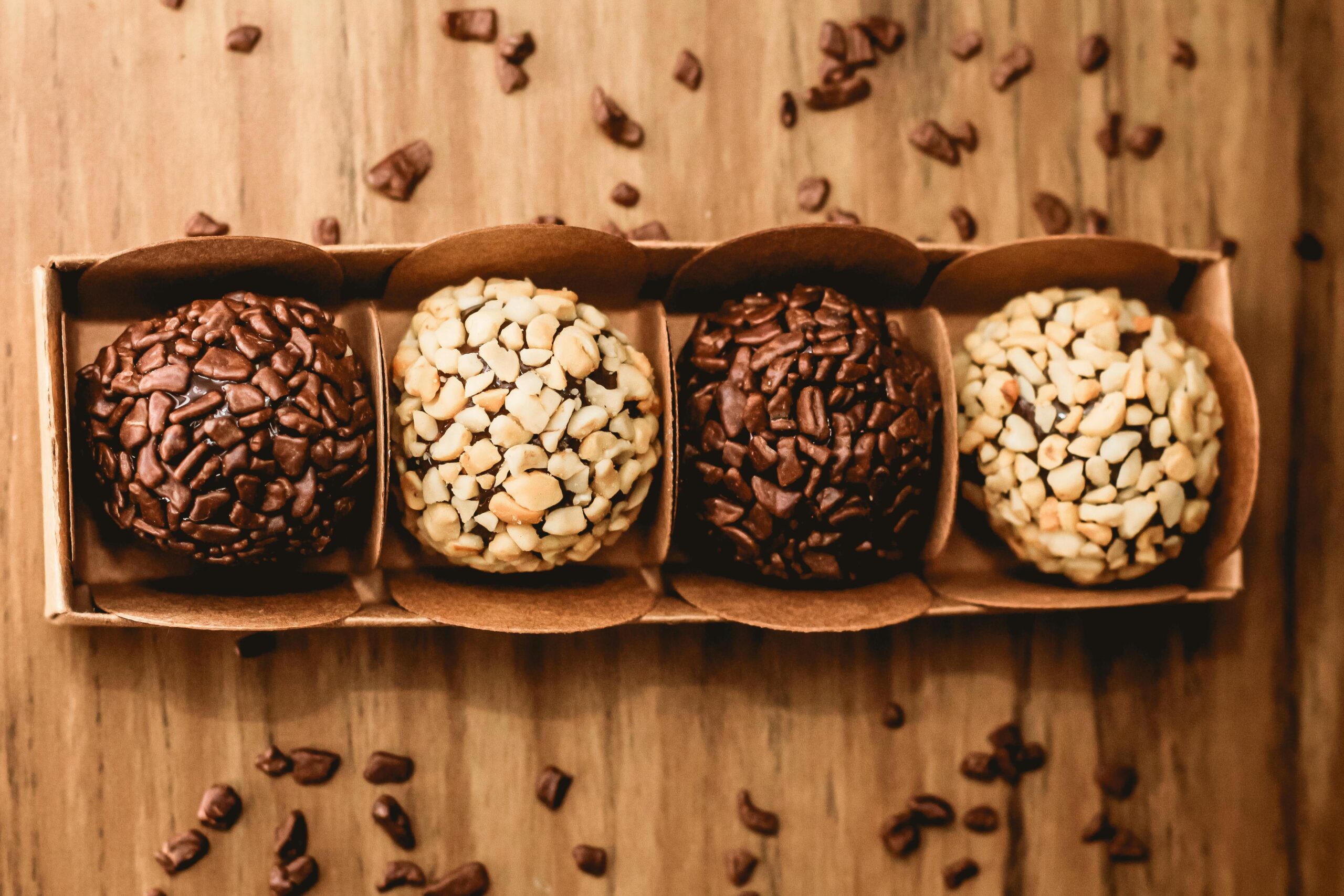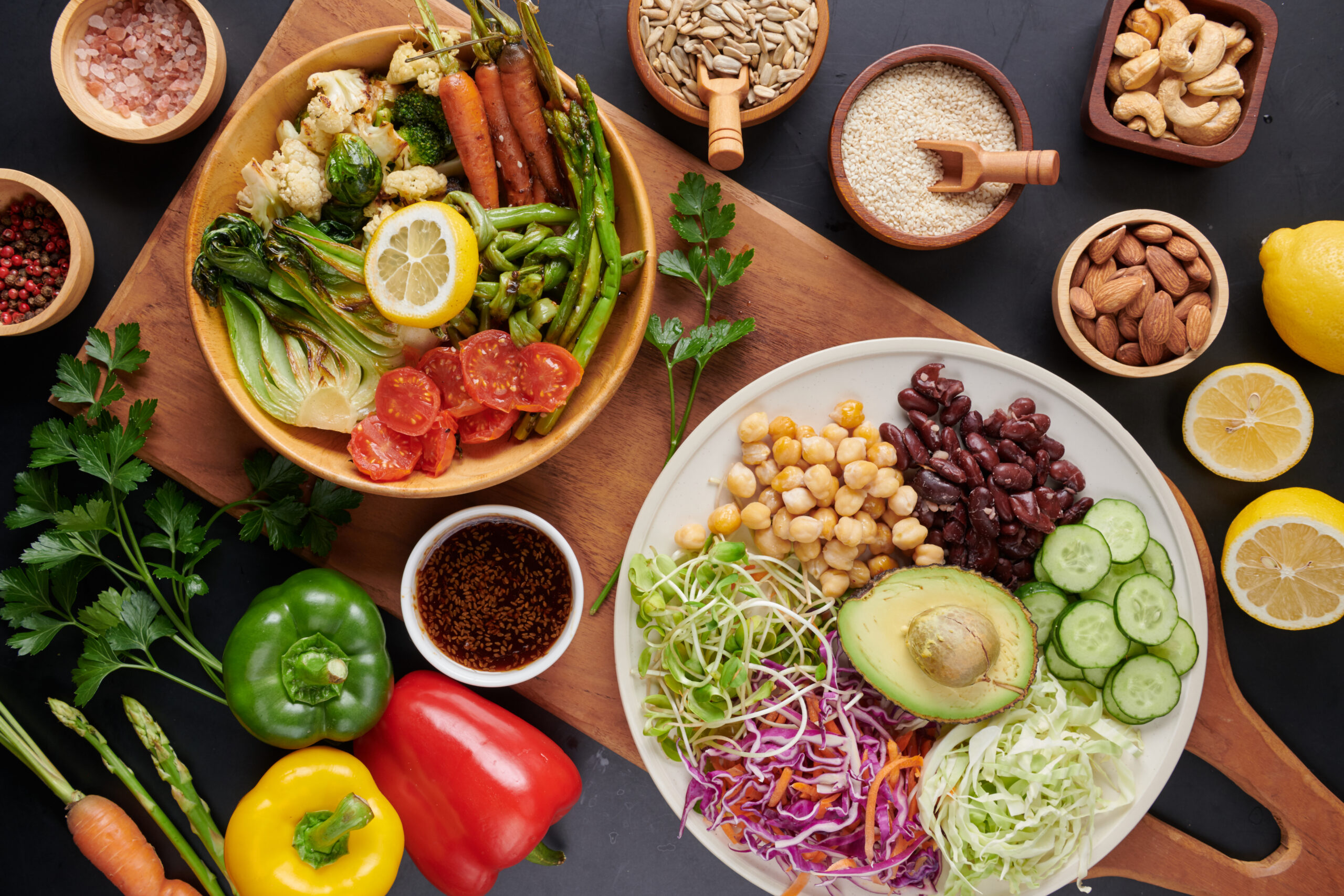
How Sweet It Is, Plus a Sweet Bonus Recipe
Excessive sugar intake is associated with obesity, metabolic disorders, diabetes, heart disease, cancer, depression, and negative health effects in general. On average, Americans consume about 17 teaspoons of sugar daily which adds up to about 60 pounds per year. According to the American Heart Association (AHA) the intake of added sugar should be limited to 6 teaspoons per day for women and 9 teaspoons per day for men. When it comes to sweetening what we eat and drink, there are many options available today. Understanding how each may impact your health can help you make informed decisions.
What does the term “added sugar” mean?
Added sugars include sugars that are added in food preparation or manufacturing. This includes sweeteners like table sugar, raw sugar, cane sugar, syrups (maple syrup, cane syrup, corn syrup,) honey, agave, concentrated fruit and vegetable juices, jam, jelly, and other forms of sugar such as dextrose, fructose, and sucrose. The added sugar content (in grams) can be found on the Nutrition Facts panel of packaged foods under “total sugars”. For reference, 4 grams of sugar is equivalent to 1 teaspoon of added sugar.
Added sugar does not include the naturally occurring sugars found in milk, fruits, and vegetables. The sugar in those healthy foods comes packaged by nature with beneficial components like fiber, vitamins, minerals, and antioxidants. There is no need to avoid the sugar naturally present in these foods, and the AHA recommendation regarding added sugar does not apply to them.
Low calorie sweeteners
These sweeteners contain few to no calories and are more intensely sweet than sugar sweeteners; therefore, a much smaller amount is needed to reach the desired level of sweetness. Low calorie sweeteners are found in drinks, frozen desserts, yogurts, candies, baked goods, chewing gum, breakfast cereals, gelatins, and puddings. Foods and drinks with low calorie sweeteners often have “sugar free” or “diet” on their label. These sweeteners are used in place of sugar to reduce calories or to decrease the intake of sugar for people with diabetes to help with blood sugar control. There are six low calorie sweeteners approved by the Food and Drug Administration as shown in the chart below.
| Low-Calorie Sweetener | Brand Name Example | Sweetness compared to Sugar | Acceptable daily intake (packets) |
| Aspartame | Equal®
NutraSweet® Sugar Twin® |
200 times sweeter | 75 |
| Acesulfame-K | Sunett®
Sweet One® |
200 times sweeter | 23 |
| Saccharin | Sweet N’ Low®
Sweet Twin® Necta Sweet® |
200-700 times sweeter | 45 |
| Sucralose | Splenda® | 600 times sweeter | 23 |
| Neotame | Newtame® | 7,000-13,000 times sweeter | 23 |
| Advantame | None | 20,000 times sweeter | 4,920 |
There are two other low-calorie sweeteners that are permitted under the Food and Drug Administration’s Generally Recognized as Safe (GRAS) notification program. They include:
Certain steviol glycosides that come from the stevia plant
- Found in foods and drinks in the US
- Commercial brand names include Truvia® and PureVia®
- 200-400 times sweeter than sugar
- Acceptable maximum intake is 9 packets per day
Monk fruit extract which comes from a plant native to Southern China
- 150-200 times sweeter than sugar
- An accepted maximum intake has not been determined
Sugar Alcohols
These sweeteners have slightly fewer calories than sugar. Their sweetness varies from 25-100% as sweet as table sugar; however, they do not cause a sharp rise in blood sugar. Sugar alcohols include sorbitol, xylitol, lactitol, erythritol, and mannitol. They are found in sugar-free candies, cookies, ice cream, drinks, and gum. Erythritol is also sometimes included as an ingredient in other sugar substitutes like stevia and monk fruit to add volume and bulk them up to improve their pourability and usability.
For some people, consuming a large amount of foods with sugar alcohols can lead to loose stools and diarrhea because as sugar alcohols are slowly absorbed they pull excess water into the large intestine.
Safety of Sugar Substitutes
In general, sugar substitutes are safe in limited amounts in most healthy people. There are ongoing studies to review the health effects of artificial sweeteners on gut health and on our cravings for sweets. Recent research has shown an increased incidence of cardiovascular events in people who have higher levels of erythritol in their blood, but since our bodies make erythritol, it is unclear whether these higher levels are related to the consumption of erythritol in sugar substitutes.
In summary, it is probably best to use sugar substitutes sparingly and to limit added sugars in your diet. Try skipping soda, energy drinks, and sweet tea and opt for water, unsweetened coffee, tea, or seltzers. Enjoy fruit as a naturally sweet treat and try sweetening recipes with whole fruit. Top whole grain cereal with blueberries, mix raspberries into plain Greek yogurt, and try mixing dates or mashed banana into pancake and muffin recipes; oatmeal; and smoothies.
Try out this sweet treat!
Banana Bread Energy Bites
Adapted from ambitiouskitchen.com
Ingredients
- ½ cup mashed ripe banana (from 1 medium ripe banana)
- 1/3 cup creamy peanut butter (or nut butter of choice)
- 1/4 cup honey (or maple syrup)
- 1/2 cup toasted walnuts (optional)
- 2 tablespoons chia seeds
- 1 teaspoon cinnamon
- ¼ teaspoon salt
- 2 cups oats, gluten
For the drizzle:
- ¼ cup dark chocolate chips
- 1 teaspoon coconut oil
Instructions
- Add all ingredients (besides ingredients for the drizzle) to the bowl of a food processor and pulse until they are well combined and come together like cookie dough. You should still have some chunks of nuts. FYI: you may need to stop a few times and scrape the sides of the bowl with a spatula. Process again until combined.
- Scoop dough and then roll into balls. You should get about 18 balls. Place energy bites on a baking sheet lined with parchment paper and place in the freezer for 30 minutes.
- Add chocolate chips and coconut oil to a microwave safe bowl. Microwave in 30 second intervals until chocolate is melted. Drizzle over balls, then place back in the freezer for 10 minutes.
- Balls should be kept in an airtight container in the freezer and will last up to 3 months. Enjoy them straight from the freezer. If they are too hard, let them sit at room temp for 5-10 minutes.



